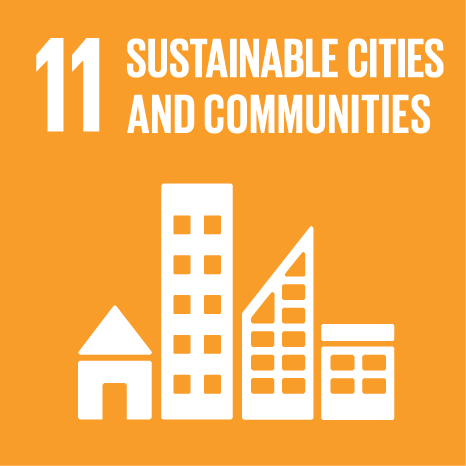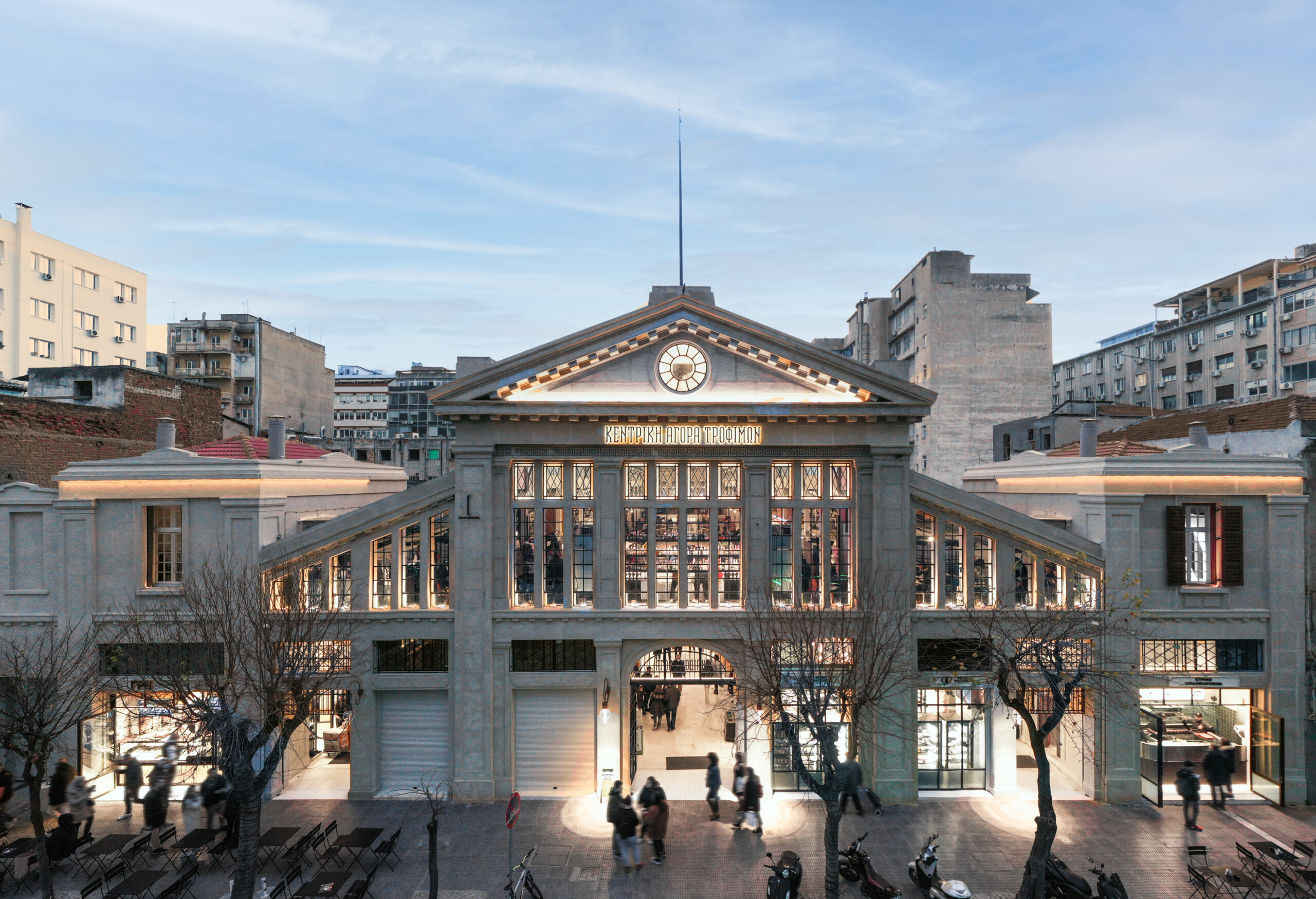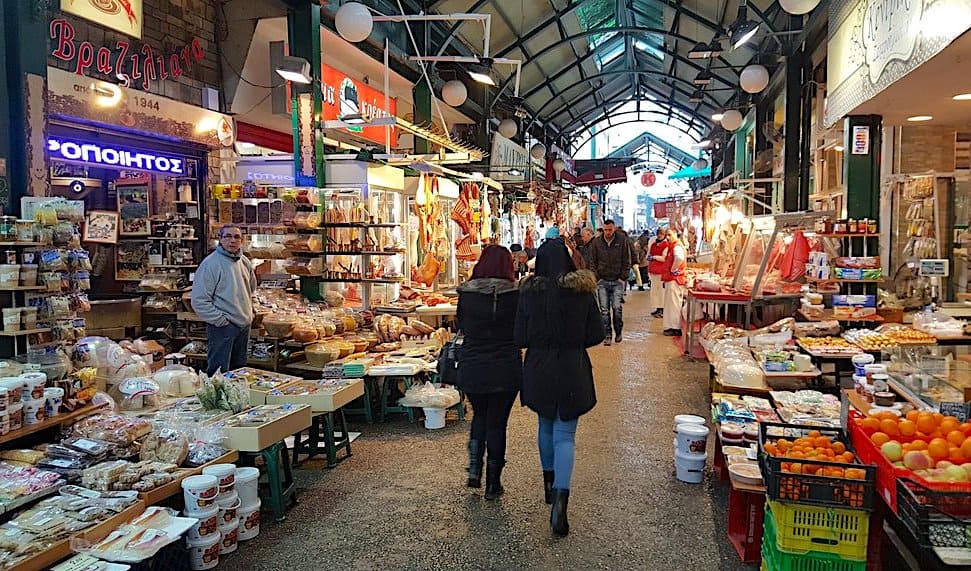 The world is becoming increasingly urbanized. Since 2007, more than half the world’s population has been living in cities, and that share is projected to rise to 60 per cent by 2030.
The world is becoming increasingly urbanized. Since 2007, more than half the world’s population has been living in cities, and that share is projected to rise to 60 per cent by 2030.
Cities and metropolitan areas are powerhouses of economic growth—contributing about 60 per cent of global GDP. However, they also account for about 70 per cent of global carbon emissions and over 60 per cent of resource use.
Rapid urbanization is resulting in a growing number of slum dwellers, inadequate and overburdened infrastructure and services (such as waste collection and water and sanitation systems, roads and transport), worsening air pollution and unplanned urban sprawl.
The impact of COVID-19 will be most devastating in poor and densely populated urban areas, especially for the one billion people living in informal settlements and slums worldwide, where overcrowding also makes it difficult to follow recommended measures such as social distancing and self-isolation.
The UN food agency, FAO, warned that hunger and fatalities could rise significantly in urban areas, without measures to ensure that poor and vulnerable residents have access to food.
Facts and Figures
- Over half of the global population currently resides in urban areas, a rate projected to reach 70 per cent by 2050. Approximately 1.1 billion people currently live in slums or slum-like conditions in cities, with 2 billion more expected in the next 30 years.
- In 2022, only half of the world’s urban population had convenient access to public transportation. Urban sprawl, air pollution and limited open public spaces persist in cities.
- Since 2015, the number of countries with national and local disaster risk reduction strategies has doubled.
- To achieve Goal 11, efforts must focus on implementing inclusive, resilient and sustainable urban development policies and practices that prioritize access to basic services, affordable housing, efficient transportation and green spaces for all.
- Today, 85 per cent of slum dwellers are concentrated in three regions: Central and Southern Asia (359 million), Eastern and South-Eastern Asia (306 million) and sub-Saharan Africa (230 million).
- Global cities expanded physically faster than their population growth rates, with average annual land consumption rates of 2.0% compared to population growth rates of 1.6% from 2000 to 2010, and 1.5% compared to 1.2% respectively from 2010 to 2020, according to data from 681 cities between 1990 and 2020.
Targets
- 11.1 By 2030, ensure access for all to adequate, safe and affordable housing and basic services and upgrade slums
- 11.2 By 2030, provide access to safe, affordable, accessible and sustainable transport systems for all, improving road safety, notably by expanding public transport, with special attention to the needs of those in vulnerable situations, women, children, persons with disabilities and older persons
- 11.3 By 2030, enhance inclusive and sustainable urbanization and capacity for participatory, integrated and sustainable human settlement planning and management in all countries
- 11.4 Strengthen efforts to protect and safeguard the world’s cultural and natural heritage
- 11.5 By 2030, significantly reduce the number of deaths and the number of people affected and substantially decrease the direct economic losses relative to global gross domestic product caused by disasters, including water-related disasters, with a focus on protecting the poor and people in vulnerable situations
- 11.6 By 2030, reduce the adverse per capita environmental impact of cities, including by paying special attention to air quality and municipal and other waste management
- 11.7 By 2030, provide universal access to safe, inclusive and accessible, green and public spaces, in particular for women and children, older persons and persons with disabilities
- 11.A Support positive economic, social and environmental links between urban, peri-urban and rural areas by strengthening national and regional development planning
- 11.B By 2020, substantially increase the number of cities and human settlements adopting and implementing integrated policies and plans towards inclusion, resource efficiency, mitigation and adaptation to climate change, resilience to disasters, and develop and implement, in line with the Sendai Framework for Disaster Risk Reduction 2015-2030, holistic disaster risk management at all levels
- 11.C Support least developed countries, including through financial and technical assistance, in building sustainable and resilient buildings utilizing local materials






